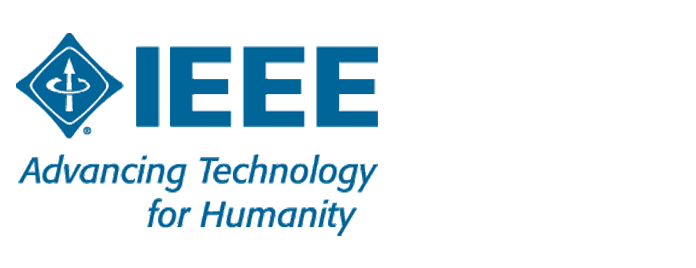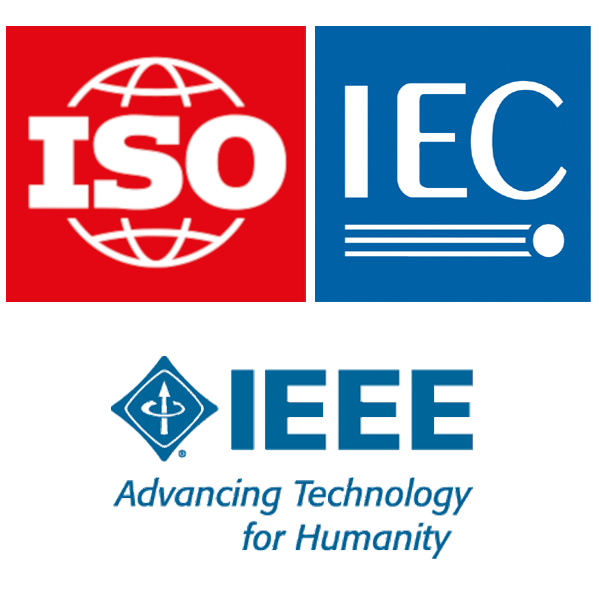Information technology - Computer graphics, image processing and environmental data representation - Mixed and augmented reality (MAR) reference model
This document defines the scope and key concepts of mixed and augmented reality, the relevant terms and their definitions and a generalized system architecture that together serve as a reference model for mixed and augmented reality (MAR) applications, components, systems, services and specifications. This architectural reference model establishes the set of required sub-modules and their minimum functions, the associated information content and the information models to be provided and/or supported by a compliant MAR system. The reference model is intended for use by current and future developers of MAR applications, components, systems, services or specifications to describe, compare, contrast and communicate their architectural design and implementation. The MAR reference model is designed to apply to MAR systems independent of specific algorithms, implementation methods, computational platforms, display systems and sensors or devices used. This document does not specify how a particular MAR application, component, system, service or specification is designed, developed or implemented. It does not specify the bindings of those designs and concepts to programming languages or the encoding of MAR information through any coding technique or interchange format. This document contains a list of representative system classes and use cases with respect to the reference model.

ISO/IEC 18039:2019
https://www.iso.org/standard/30824.html

